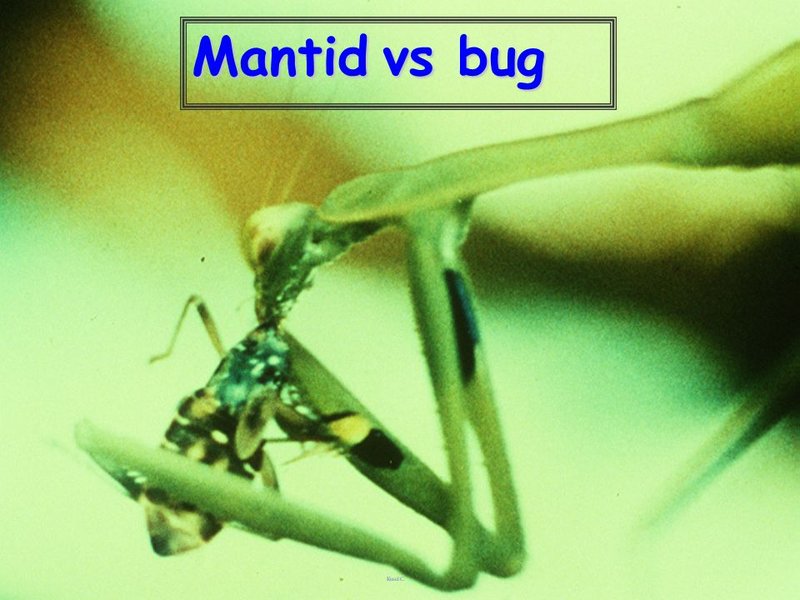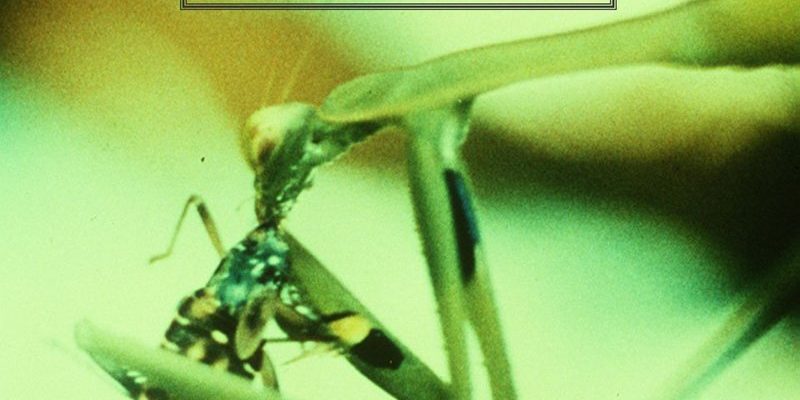
Now, you might be wondering how mantids stack up against other similar insects. There are plenty of fascinating critters out there that share certain traits with mantids, like grasshoppers, crickets, and even some roaches. So, over a cup of coffee, let’s dive into the world of mantids and see how they compare to their insect cousins.
What Are Mantids?
Mantids belong to the order Mantodea, and there are over 2,400 species worldwide. They typically have a distinctive posture, with their front legs folded like a person in prayer—hence the name “praying mantis.” But there’s more than meets the eye here.
These insects can vary significantly in size, color, and behavior. Some can be as small as an inch, while others grow to over six inches long! Their green or brown exoskeleton allows them to blend perfectly into leaves and branches, making them effective ambush predators. This camouflage tricks unsuspecting prey into coming too close, giving mantids the upper hand.
An interesting tidbit is that mantids are known for their unique hunting technique. They don’t just rely on speed; they also utilize their extraordinary vision. With compound eyes that can see nearly 360 degrees around them, they can spot their next meal from a distance. You might say they have the eyes of a hawk, which is fitting for such a skilled hunter!
How Do Mantids Differ From Grasshoppers?
When comparing mantids to grasshoppers, there are some noteworthy differences and similarities. Grasshoppers are part of the order Orthoptera, which also includes crickets. They are primarily herbivorous, munching on leaves, grasses, and other plant material. In contrast, mantids are carnivorous, preying on various insects, including grasshoppers themselves!
Both insects have long hind legs, making them excellent jumpers. However, grasshoppers are built for quick leaps, while mantids use their powerful legs to seize prey with lightning speed. Imagine a grasshopper as an agile dancer, while a mantis is more of a skilled martial artist, preparing to strike.
That said, both insects undergo a process called incomplete metamorphosis, which means they don’t go through a pupal stage like butterflies do. Instead, both types grow through successive molts until they reach adulthood.
Comparing Mantids and Crickets
Crickets share some traits with mantids that make them a fun comparison. Both are also part of the Orthoptera order, but the similarities end there. Crickets are well-known for their chirping, which they produce by rubbing their wings together—a behavior known as stridulation. Mantids, on the other hand, are mainly silent predators.
While crickets are primarily herbivorous and feed on plants, mantids are predatory. This fundamental difference in diet influences their behaviors. Crickets often form large groups, creating a symphony of chirps, especially on warm summer nights. Mantids, however, prefer solitude and spend their time lurking, waiting for that opportune moment to strike.
In terms of physical appearances, you’ll notice that crickets have a more cylindrical body shape, while mantids have that distinct triangular head. If crickets are like the cheerful party-goers of the insect world, mantids keep to the shadows, patiently biding their time until dinner arrives.
Mantids vs. Roaches
Roaches, or cockroaches, are perhaps some of the most infamous insects out there. While you may not want to have them as house guests, they certainly deserve some attention in this comparison. Both mantids and roaches possess a sleek body design, and indeed, roaches can be quite nimble.
However, the similarities largely stop there. Roaches are omnivorous scavengers, living off decaying organic matter, whereas mantids are hunters. This difference in diet shapes their lifestyles and habitats. Roaches thrive in dark, moist areas where food is readily available. In contrast, mantids prefer environments where they can easily ambush prey—think of gardens or bushes where they can patiently wait.
Behaviorally, roaches can be surprisingly social, often seen in large groups, while mantids are solitary hunters. If roaches are the opportunists of the insect world, mantids might be considered the elite hunters, using patience and skill to capture their meals.
Unique Characteristics of Mantids
Now that we’ve tackled some comparisons, let’s zoom in on what truly makes mantids special. One standout feature is their incredible adaptability. Depending on their environment, mantids can change colors and even develop different hunting strategies. If you’ve ever seen one blend into a flower or leaf, you know just how impressive their camouflage can be!
Another characteristic is their reproductive behavior, which is quite notorious. Female mantids are known for sometimes eating their mates after or even during mating. While this sounds brutal, it isn’t just mindless violence. It can provide the female with essential nutrients to support her future offspring. Nature can be both harsh and fascinating, right?
Lastly, let’s not forget their remarkable agility. Mantids are capable of quick, accurate strikes, thanks to their specialized front legs, which they can extend rapidly to grasp their prey. Watching a mantis hunt is like seeing a slow-motion action sequence; it’s just that mesmerizing.
Why Understanding Mantids and Similar Insects Matters
You might be wondering why learning about mantids and their insect relatives is important. For starters, understanding these creatures can help foster an appreciation for the biodiversity around us. Each insect plays a role in our ecosystem, whether as a predator, prey, or scavenger. Mantids, with their predatory nature, help control pest populations, which can contribute to a healthier garden.
Moreover, insects like mantids can serve as indicators of environmental health. A balanced insect ecosystem usually points to a thriving environment, while their absence might suggest problems. So, the next time you spot a mantid lurking in your garden, remember that it’s not just a quirky visitor; it’s a vital part of the natural world.
Lastly, educating ourselves about insects can inspire curiosity and wonder. You never know; learning about these fascinating creatures might spark a love for entomology or even conservation efforts. After all, every little creature has its role in the grand tapestry of life.
In summary, mantids are stunning insects with unique characteristics that set them apart from their relatives like grasshoppers, crickets, and roaches. Their predatory nature, incredible adaptability, and remarkable behaviors make them one of the most interesting insects out there. Understanding these differences isn’t just about academics; it’s about appreciating the complex relationships within our ecosystems.
So next time you see a praying mantis hanging out in your garden, take a moment to appreciate its role as both a predator and a symbol of nature’s beauty. It’s a reminder that even the smallest creatures can have a big impact on our world.

